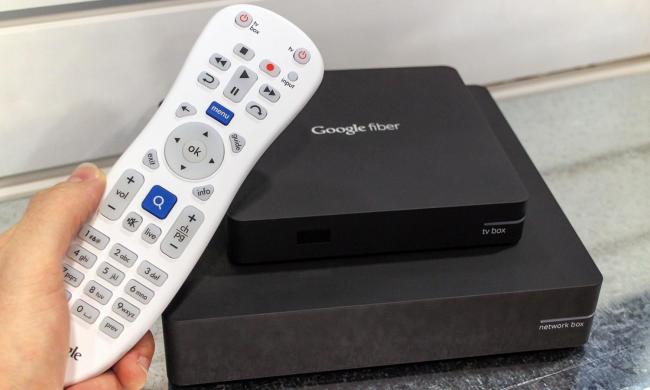
Last week, Google sent an application to the Federal Communications Commission seeking a license to launch an experimental radio station around the company’s Mountain View, Calif., headquarters. The Wall Street Journal reported that the frequencies Google specified in its submission were channels that wouldn’t be compatible with most mobile devices, leading to speculation that this radio experiment may be a precursor to a small wireless network.
A Google representative declined comment on the reasons for this project, but signs do point to it being an early interest in wireless. The network would only reach devices that are specifically engineered for the frequencies between 2,524 MHz and 2,625 MHz. BTIG analyst Walter Piecyk told the WSJ that the telling clue is that mobile operators in China, India, and Japan are currently building networks on those channels, which means that at some point in the future, devices tuned to those frequencies will start to appear on the market. Since Google has the hardware resources of Motorola at its disposal, it could ensure that compatible devices do launch at some point.
For more detail in legalese about Google’s first step, check out the public portion of its actual application to the FCC. The submission says that the first deployment of the experimental radio station will happen in the building that houses its Google Fiber team, one of the units under the Google Access division responsible for launching high-speed Internet in Kansas City, Kansas.
If this is indeed a push toward launching a network, there is no indication whether it will be just a local service for the company’s campus, or if Google has designs for getting a bigger slice of the wireless pie. Piecyk also noted that a potential wireless network could be an additional offering for Kansas City and other locations that receive Google Fiber high-speed service. Time Warner Cable currently has that type of business model, launching free Wi-Fi hubs to be made available to its customers. Google’s hold on computing is diverse and strong, so whatever the scale of the wireless project, it seems like a logical next step for the Mountain View crew.
Image via Matthew Rutledge


